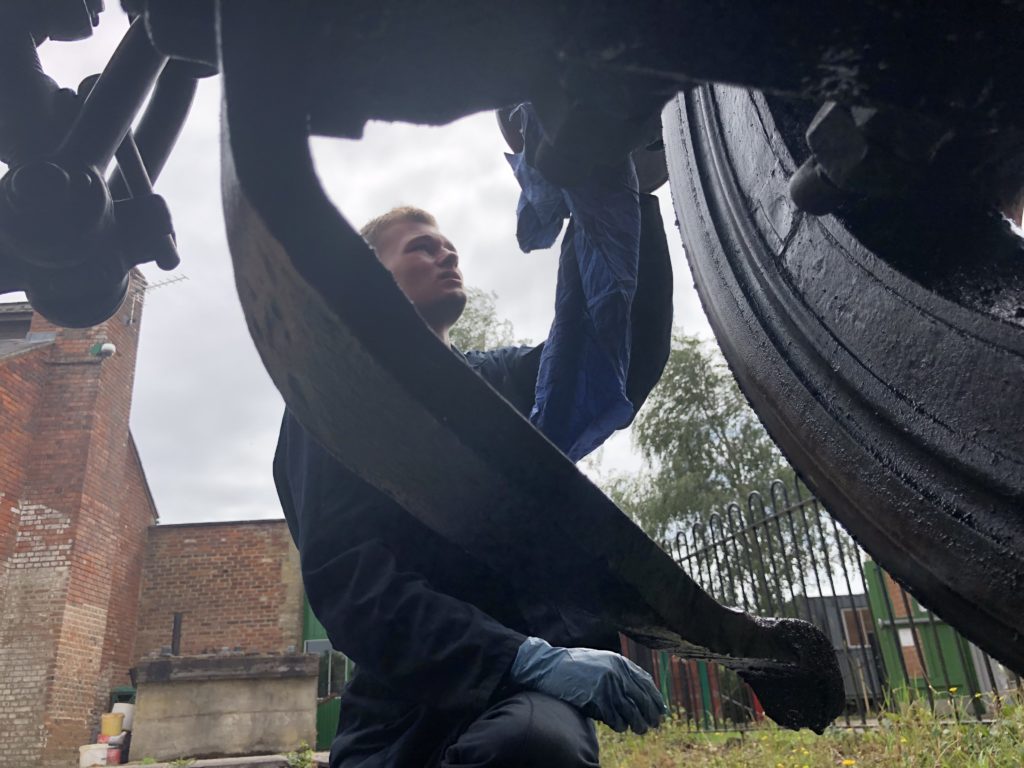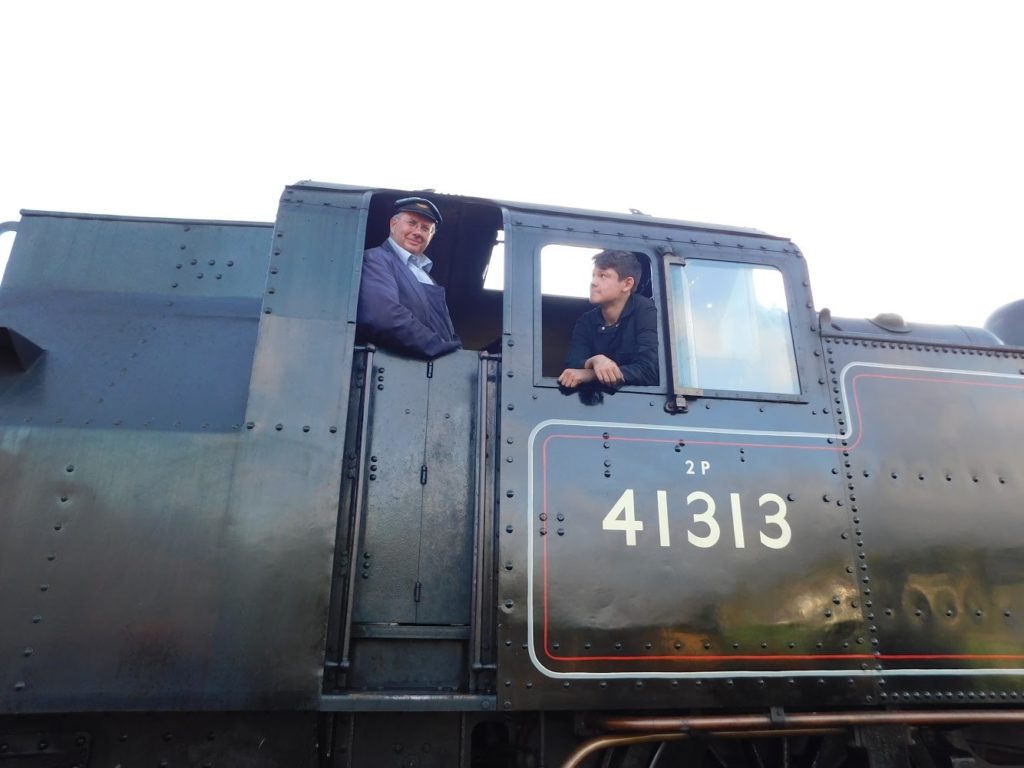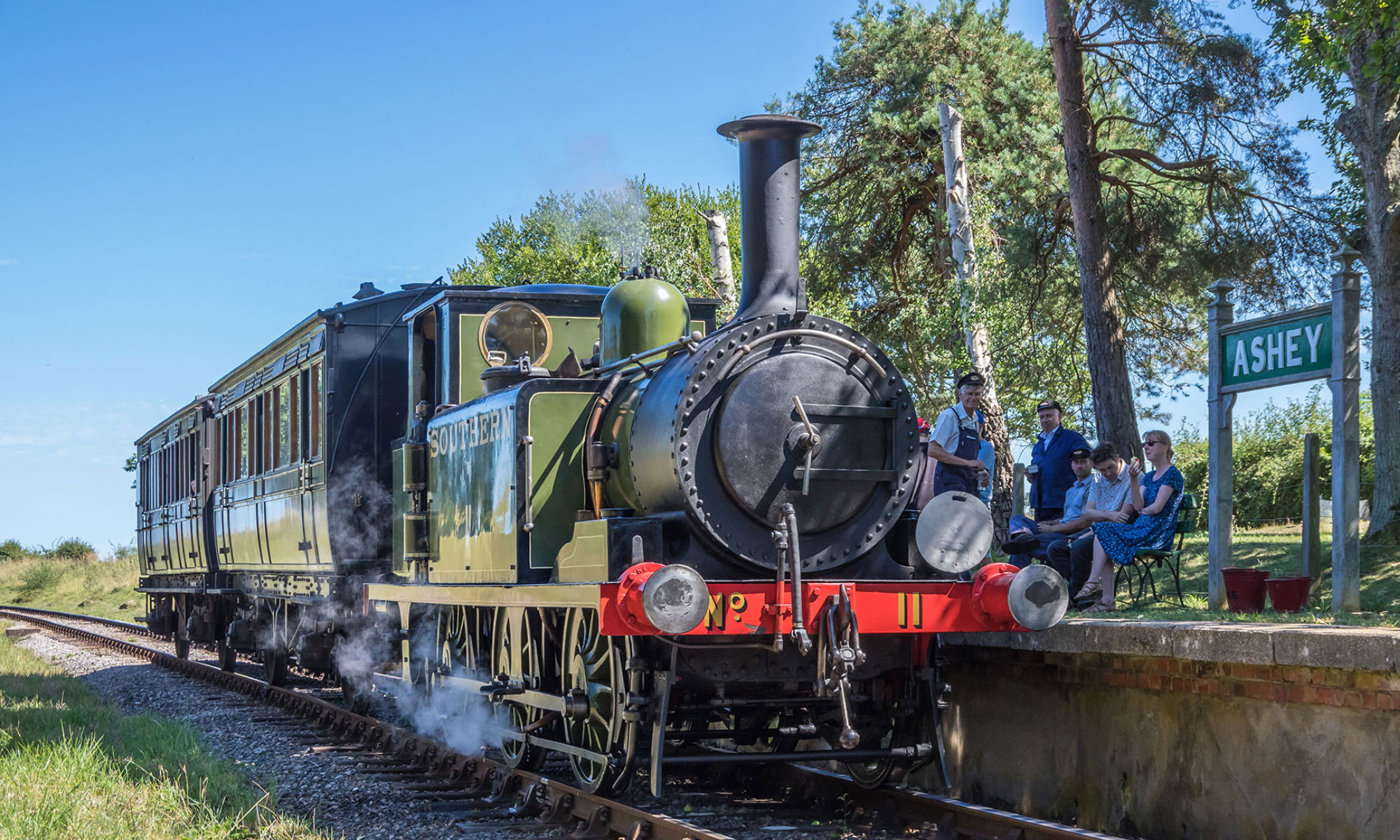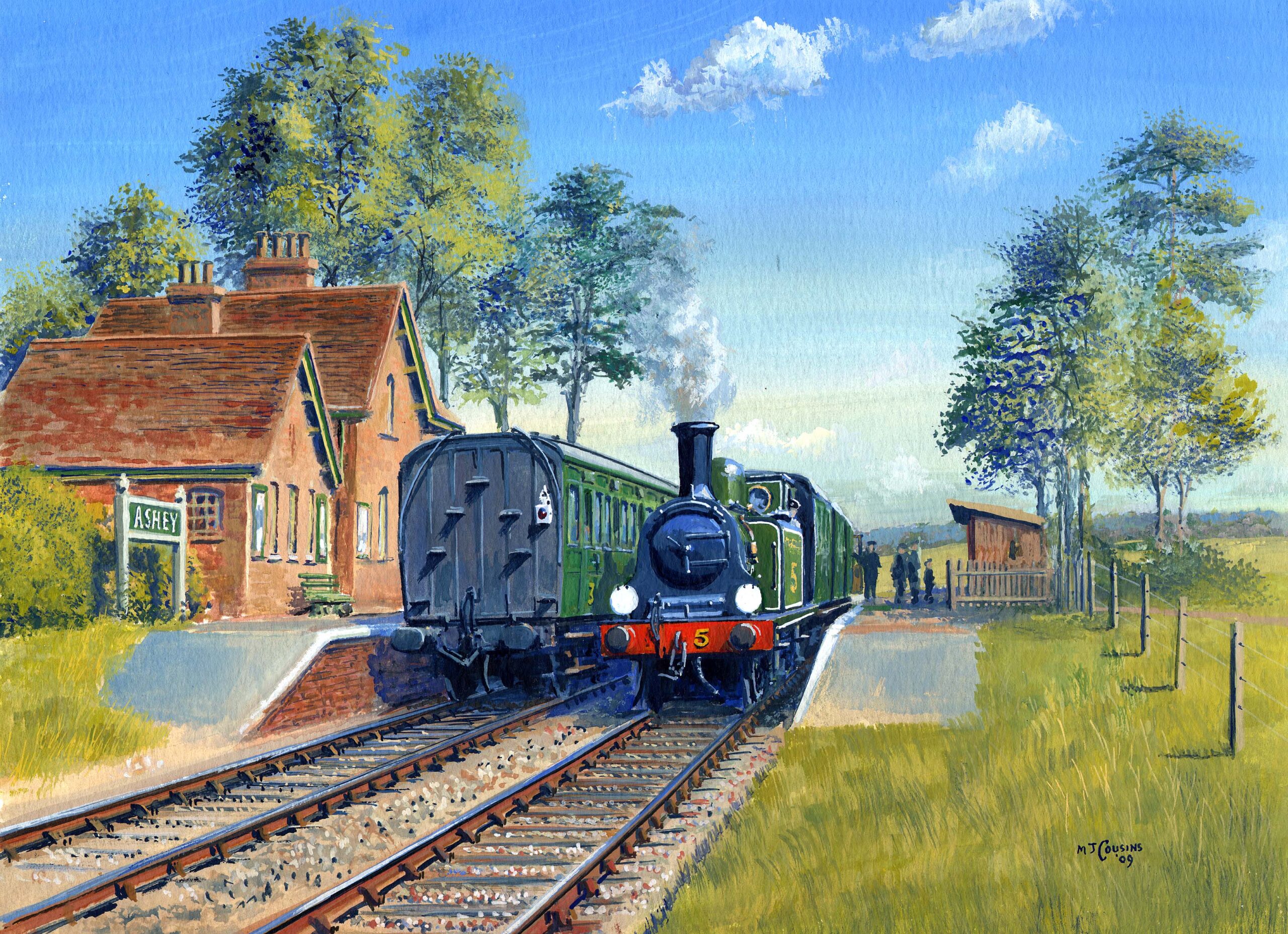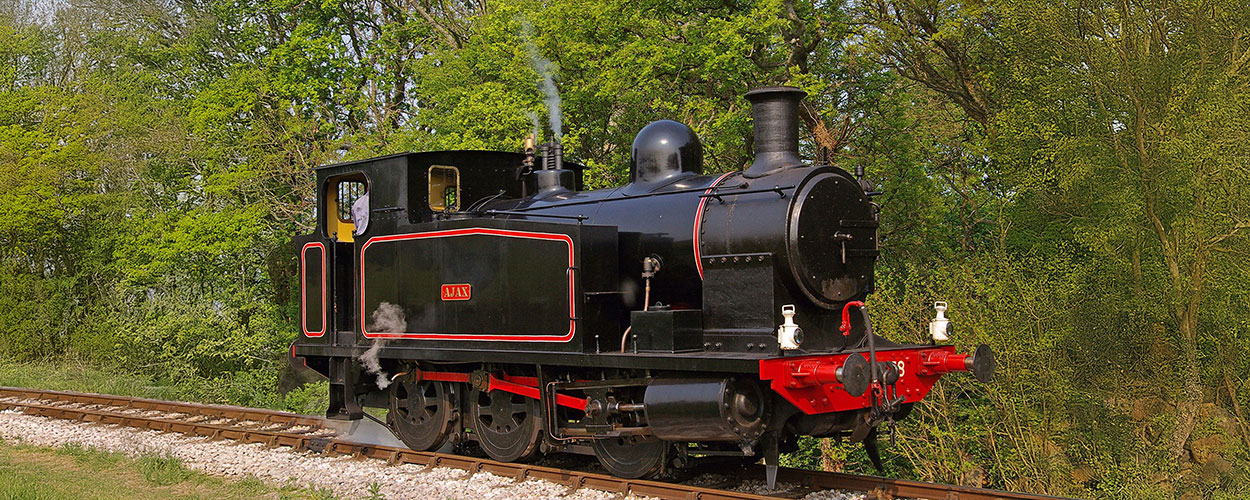Young volunteer, Adam Bridgewater, shares a typical day working with our steam locomotives…
The day dawns at 08:00 by signing onto duty and getting changed into your overalls and boots. You then collect your cleaning materials from the running store, which consist of a pot of diesel and oil, and clean rags. After this, you generally start the cleaning of a loco by first cleaning all the wheels and motion, as it is imperative that this stays clean to prevent grit and dirt from entering bearing surfaces and wearing them out quickly. This process normally takes around an hour depending on which locomotive, or locomotives, are rostered out on the day. For instance, one of our ‘Terrier’ locos, W8 ‘Freshwater’ or W11, usually only take around 45 minutes, while our larger Ivatt 2MT Tanks, 41298 or 41313, can take up to an hour and a half, depending on how dirty they are.
After the wheels and motion, or bottom half, of the engine has been cleaned, you move onto the top half of the engine; that is the tanks, boiler, cabsides and bunker. For this process we use pure lubricating oil rather than paraffin, which some other railways use, as it is gentler on the painted surfaces. This job can also take quite a long time, and usually we have a few people on each engine, with some on the bottom half, and some on the top, as we don’t have enough time to do both if we are working individually. Once the loco cleaning is complete, now comes the most important part of each day – the tea break!
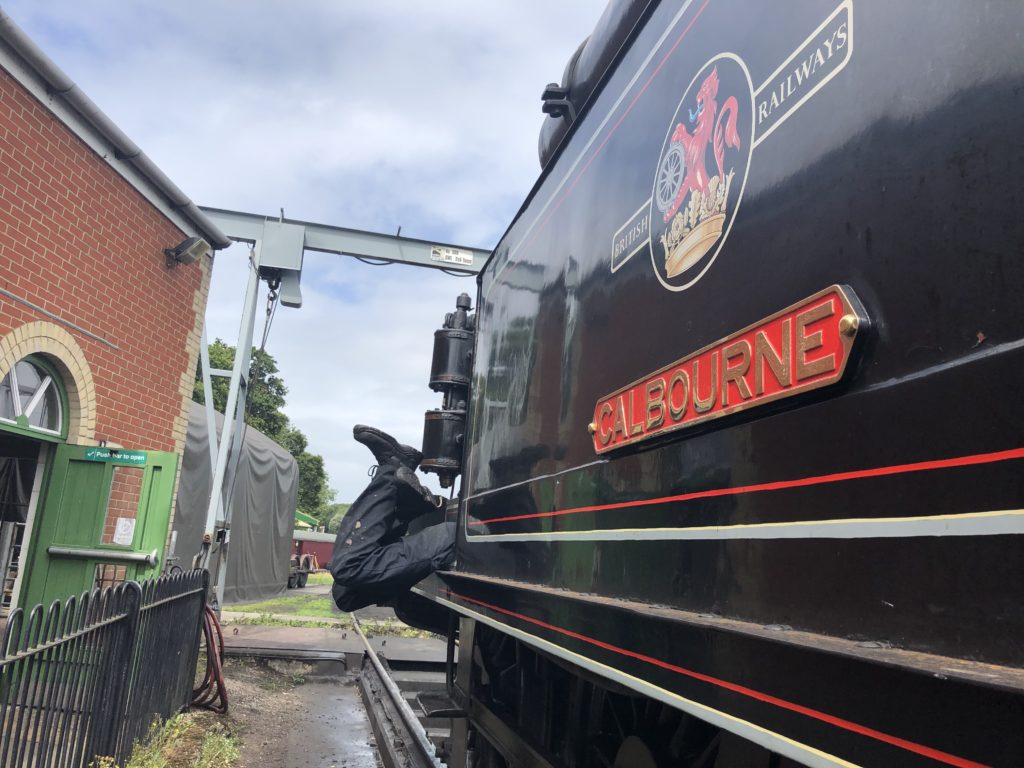
After our tea break, we report to the Shed Foreman or Duty Fitter to be told our morning’s jobs. These range from clearing out the locomotive ash pits, cleaning our locomotives which are in the works ready for painting, to removal of parts from engines which require maintenance. To me, these are some of the best jobs on the railway, as you can learn a lot of new skills while undertaking them.
The afternoon’s jobs are generally less strenuous than the morning’s and range from cleaning locos ready for service in the following few days to lighting warming fires in our steam locomotives. The reason we light a warming fire is so that it warms the boiler gently, and this means that steam raising the following morning is a quicker process.
On some days, you are told to go out on the line and have a footplate ride with the crew on one of the locomotives. For myself, and likely many others, these can be some of the highlights of working on the railway, as you quickly learn what is required to drive and fire an engine on our line. For our younger volunteers, this is a crucial step on their journey to becoming footplate crews themselves. Then at 15:00 comes our second tea break, after which jobs are finished up, and equipment put away, before signing off time comes at 16:30.
While volunteering on the railway is very hard work at times, the reward more than makes up for it. Where else than a preserved railway could you regularly see 100+ year old pieces of machinery doing what they were built to do? There is just something special about it.
Get Involved: Please visit the volunteering section of our website if you’re inspired to volunteer at the railway.
